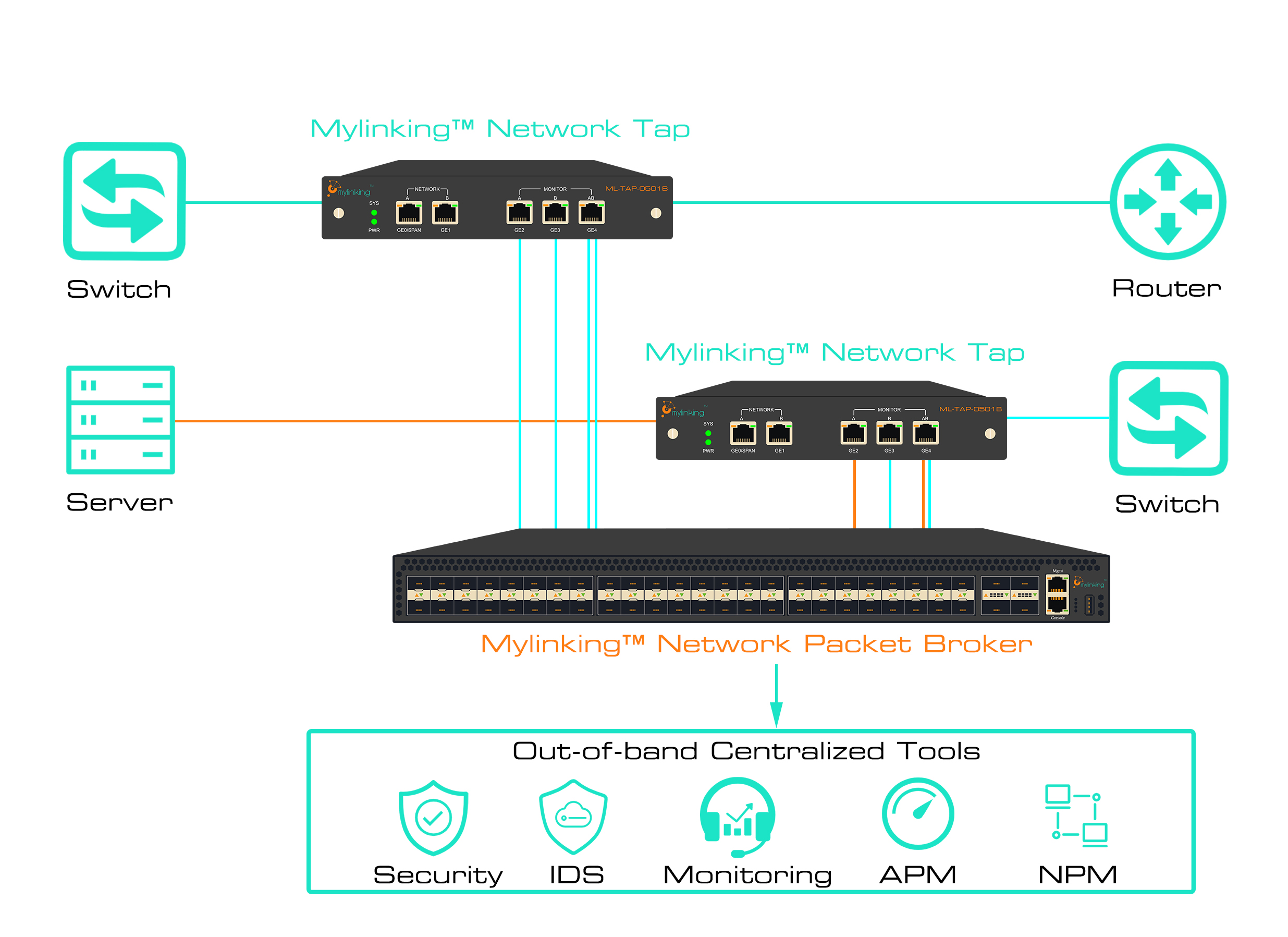I'm sure you're aware of the struggle between Network Tap(Test Access Point) and the switch port analyzer (SPAN port) for Network monitoring purposes. Both have the capability to mirror traffic on the network and send it to out-of-band security tools such as intrusion detection systems, network loggers, or network analyzers. Span ports are configured on network enterprise switches that have the port mirroring function. It is a dedicated port on a managed switch that takes a mirror copy of network traffic from the switch to send to security tools. A TAP, on the other hand, is a device that passively distributes network traffic from a network to a security tool. TAP receives network traffic in both directions in real time and on a separate channel.
These are the five main advantages of TAP through the SPAN port:
1. TAP captures each single packet!
Span Deletes corrupted packets and packets smaller than the minimum size. Therefore, security tools cannot receive all traffic because span ports give higher priority to network traffic. In addition, RX and TX traffic is aggregated on a single port, so packets are more likely to be dropped. TAP captures all two-way traffic on each target port, including port errors.
2. Completely passive solution, no IP configuration or power supply required
Passive TAP is primarily used in fiber optic networks. In passive TAP, it receives traffic from both directions of the network and splits the incoming light so that 100% of the traffic is visible on the monitoring tool. Passive TAP does not require any power supply. As a result, they add a layer of redundancy, require little maintenance, and reduce overall costs. If you plan to monitor copper Ethernet traffic, you need to use active TAP. Active TAP requires electricity, but Niagra's Active TAP includes fail-safe bypass technology that eliminates the risk of service disruption in the event of a power outage.
3. Zero packet loss
Network TAP monitors both ends of a link to provide 100% visibility of two-way network traffic. TAP does not discard any packets, regardless of their bandwidth.
4. Suitable for medium to high network utilization
The SPAN port cannot process highly utilized network links without dropping packets. Therefore, network TAP is required in these cases. If more traffic flows out of the SPAN than is being received, the SPAN port becomes oversubscribed and is forced to discard packets. To capture 10Gb of two-way traffic, the SPAN port needs 20Gb of capacity, and the 10Gb Network TAP will be able to capture all 10Gb of capacity.
5. TAP Allows all traffic to pass, including VLAN tags
Span ports generally do not allow VLAN labels to pass, which makes it difficult to detect VLAN problems and create bogus problems. TAP avoids such problems by allowing all traffic through.
Post time: Jul-18-2022





